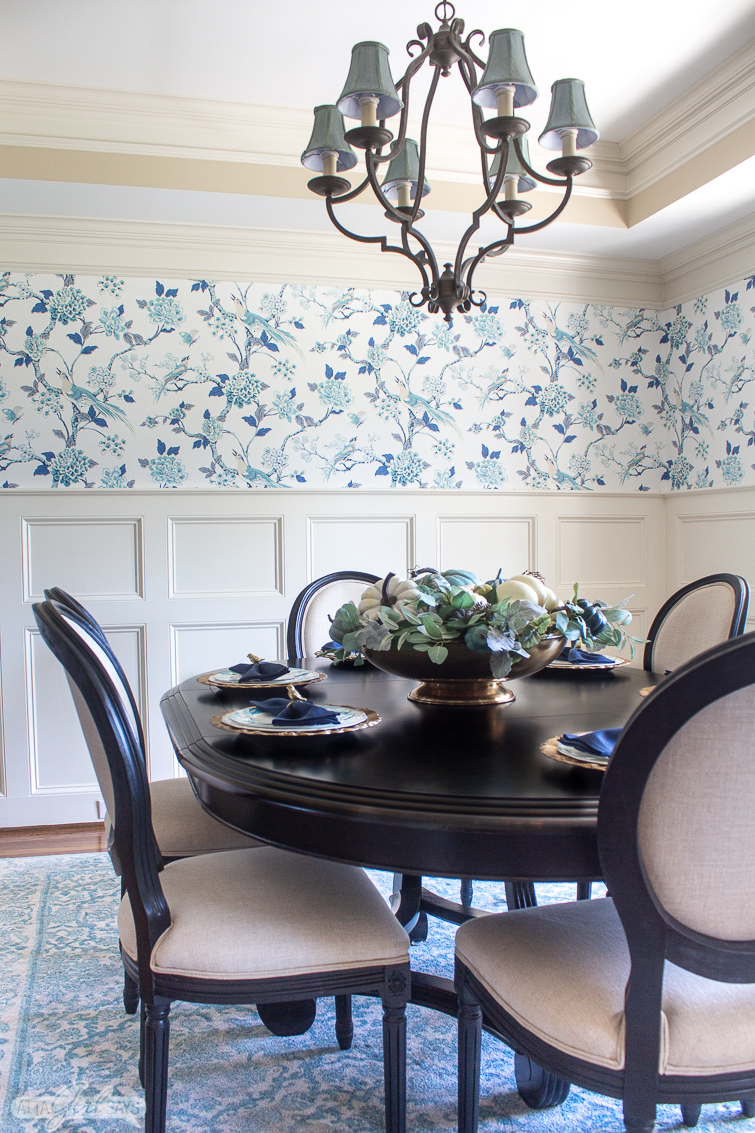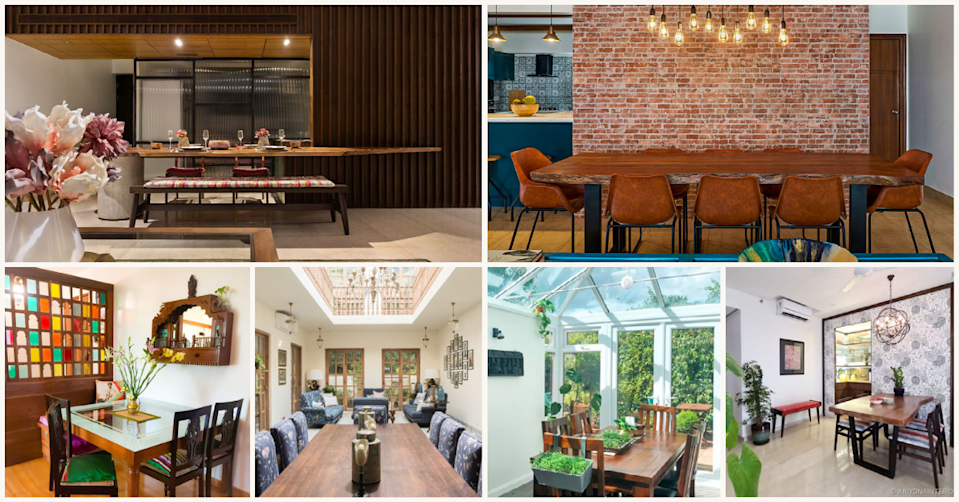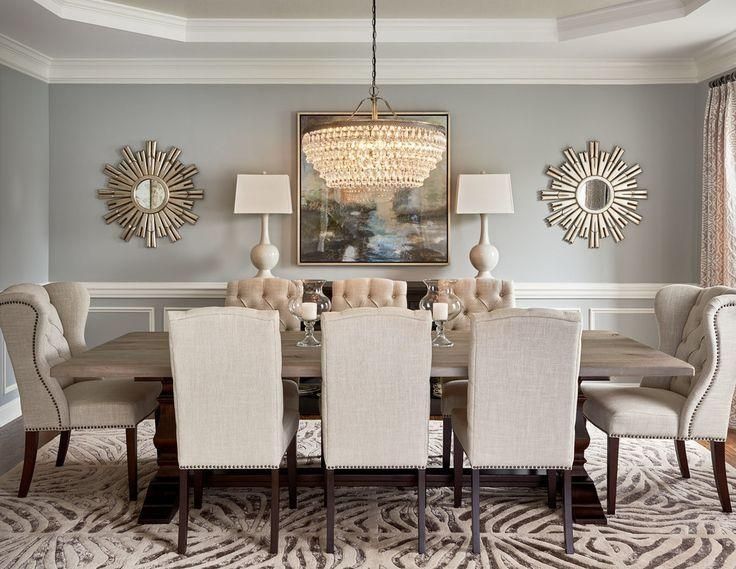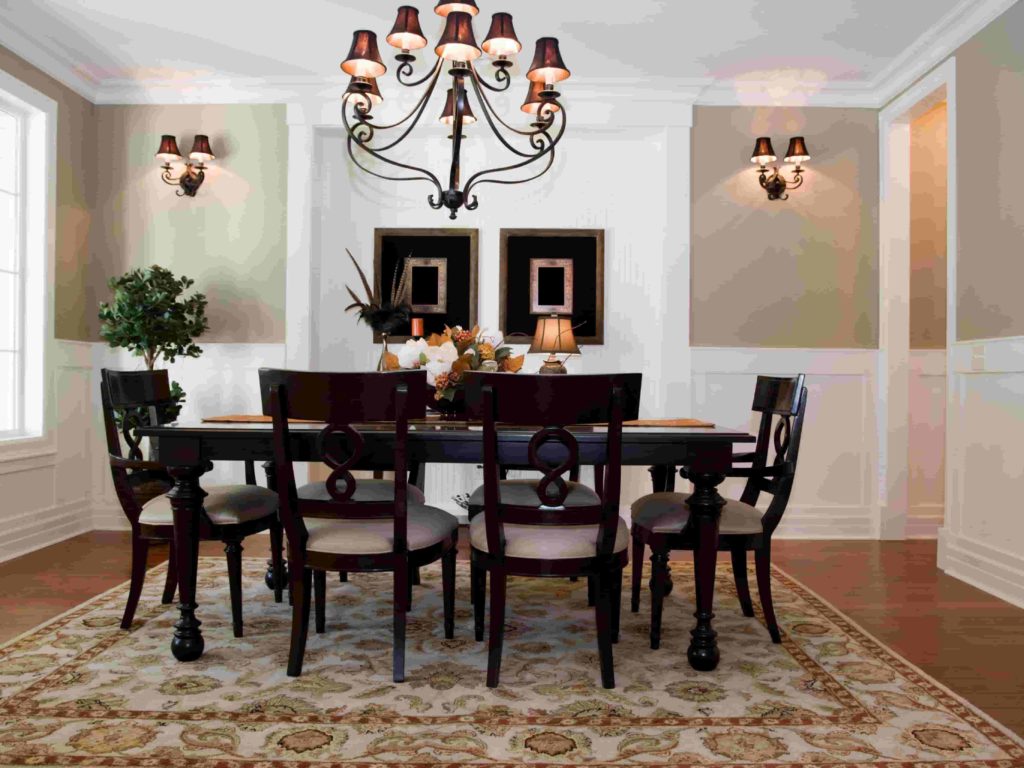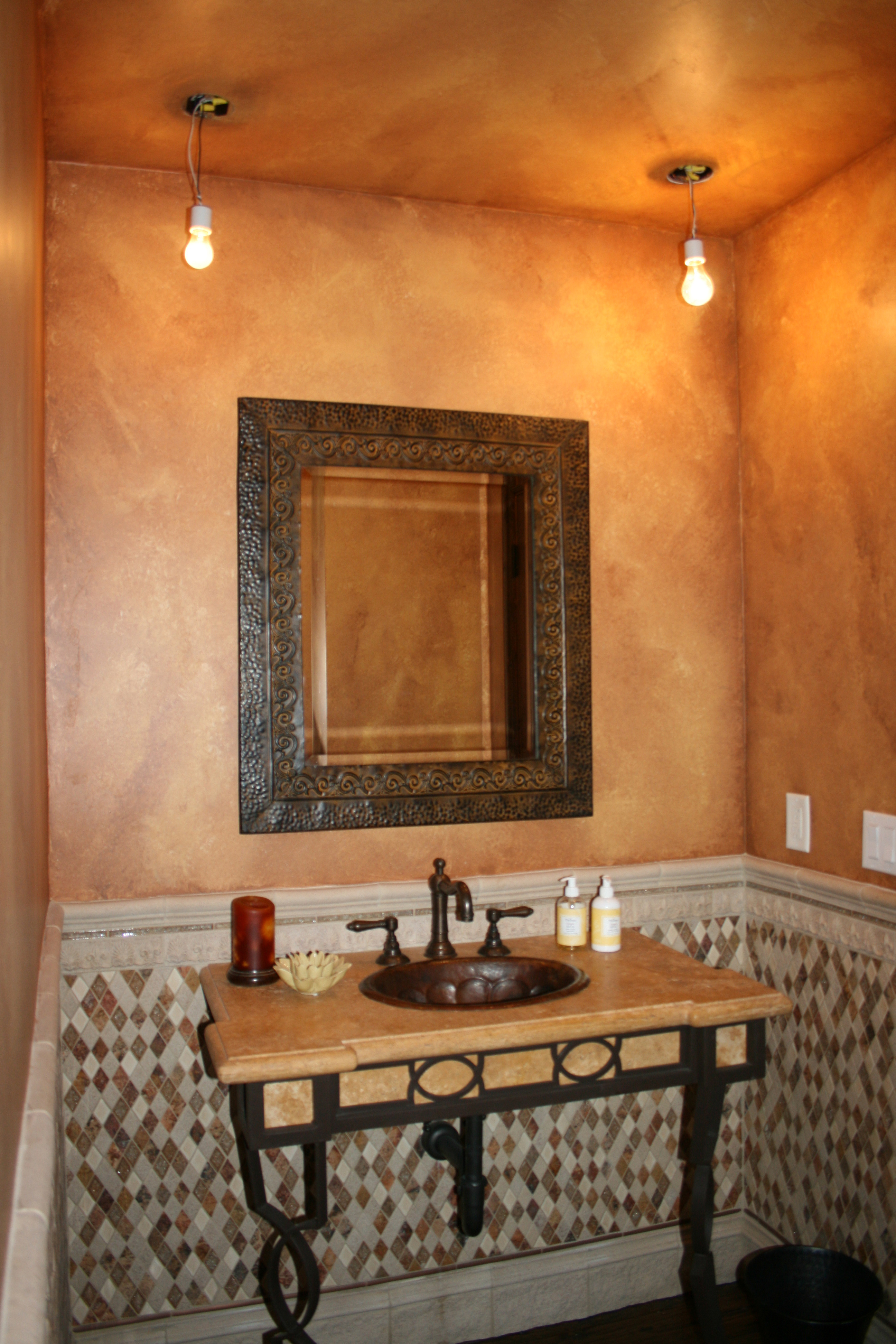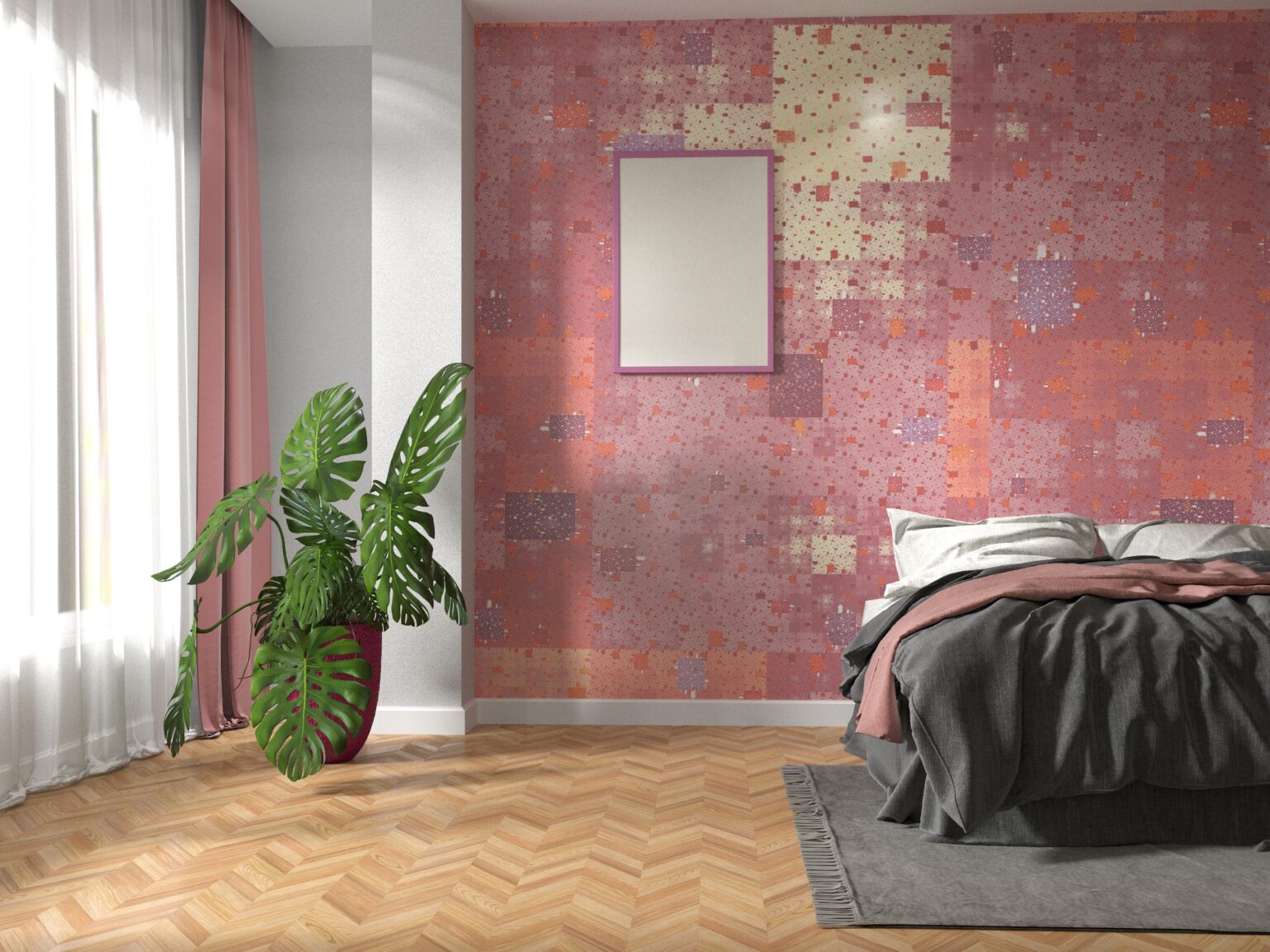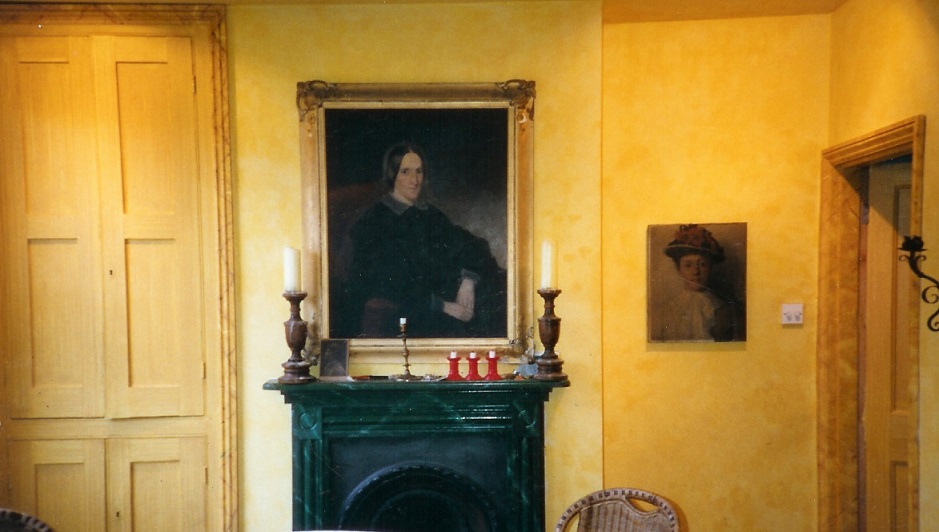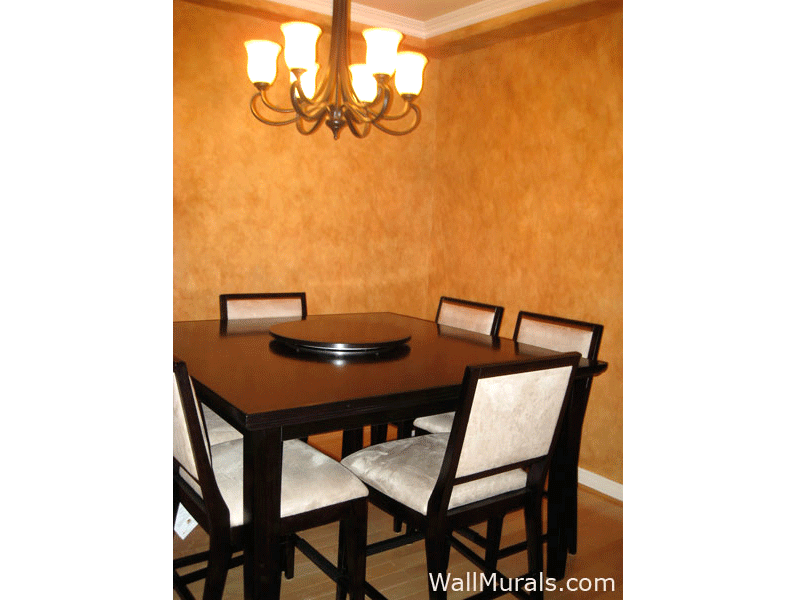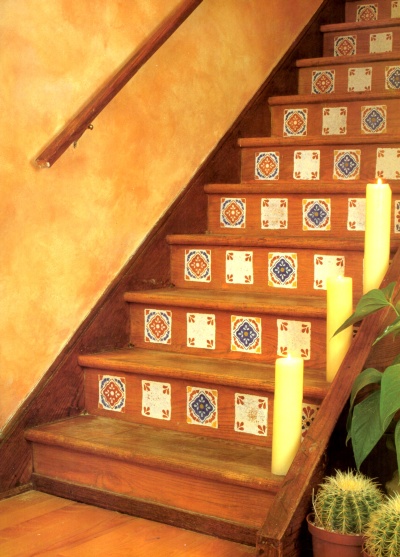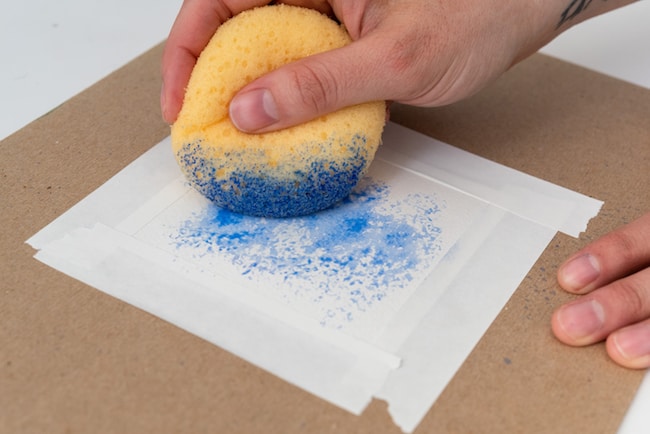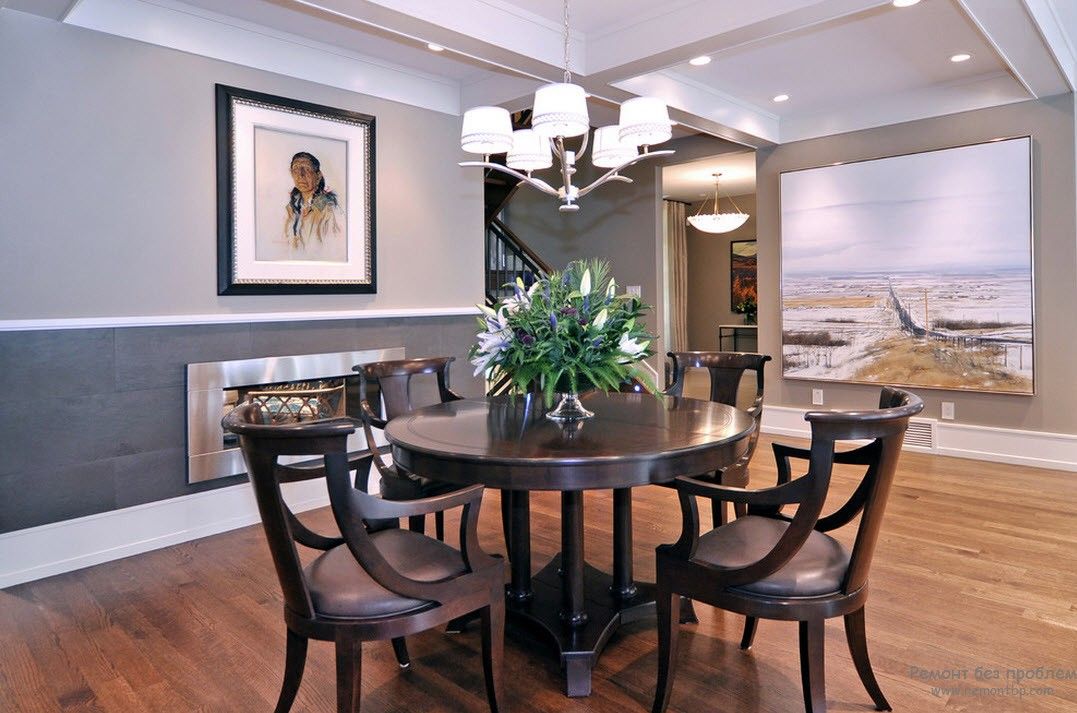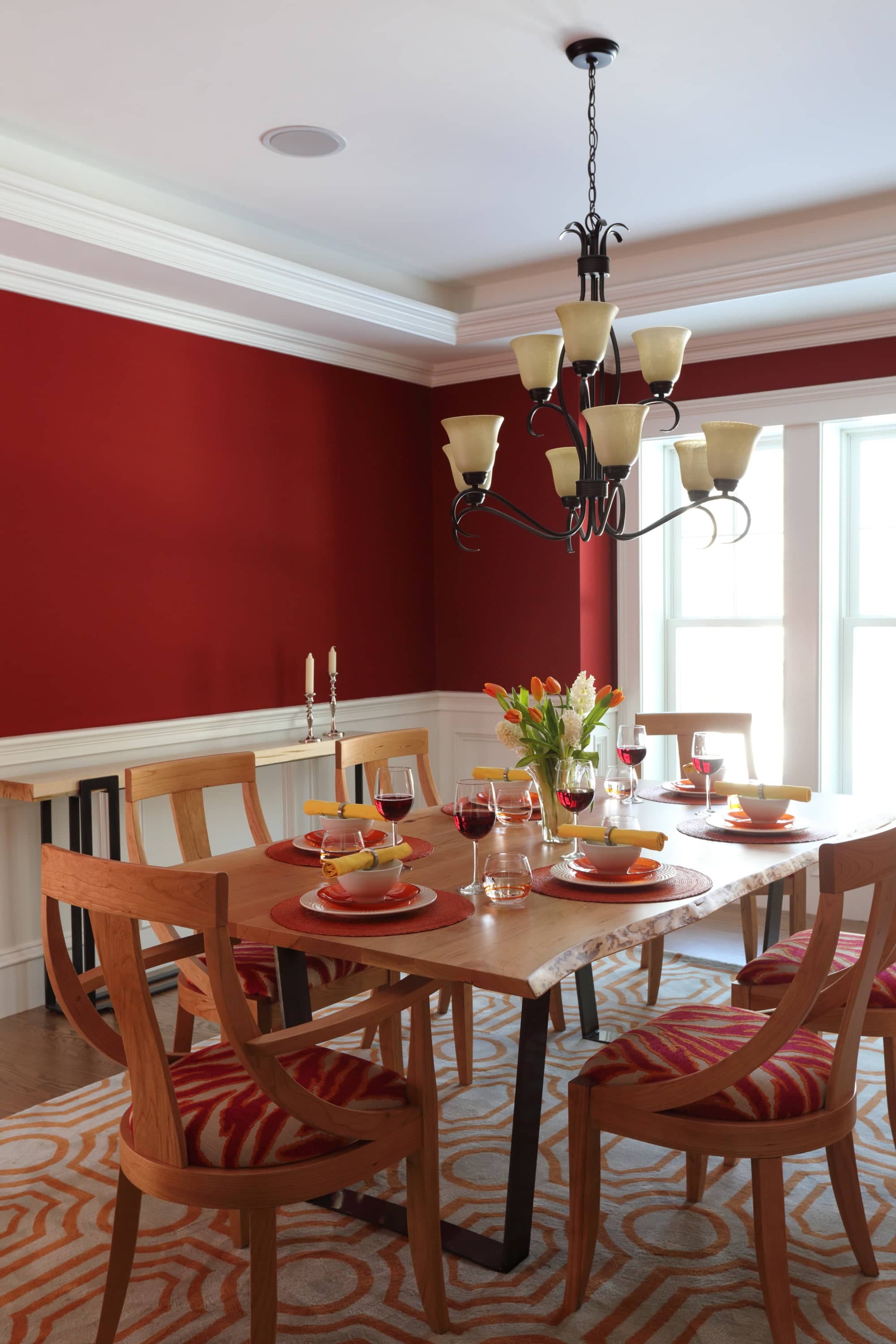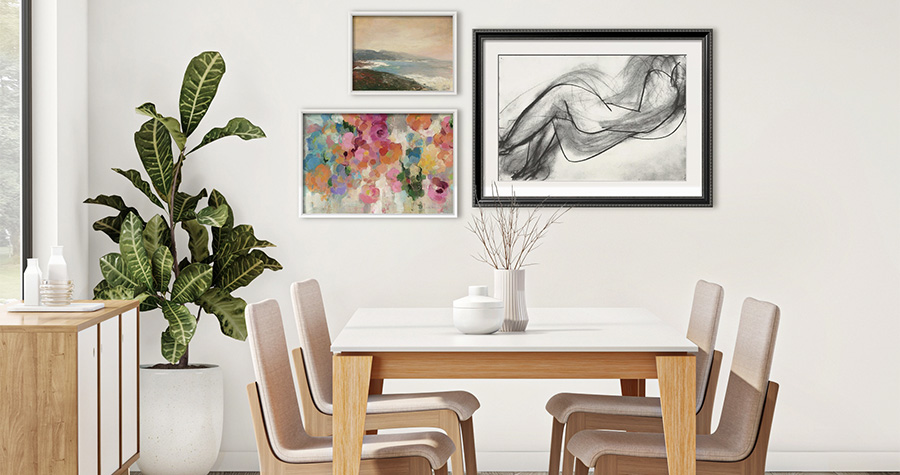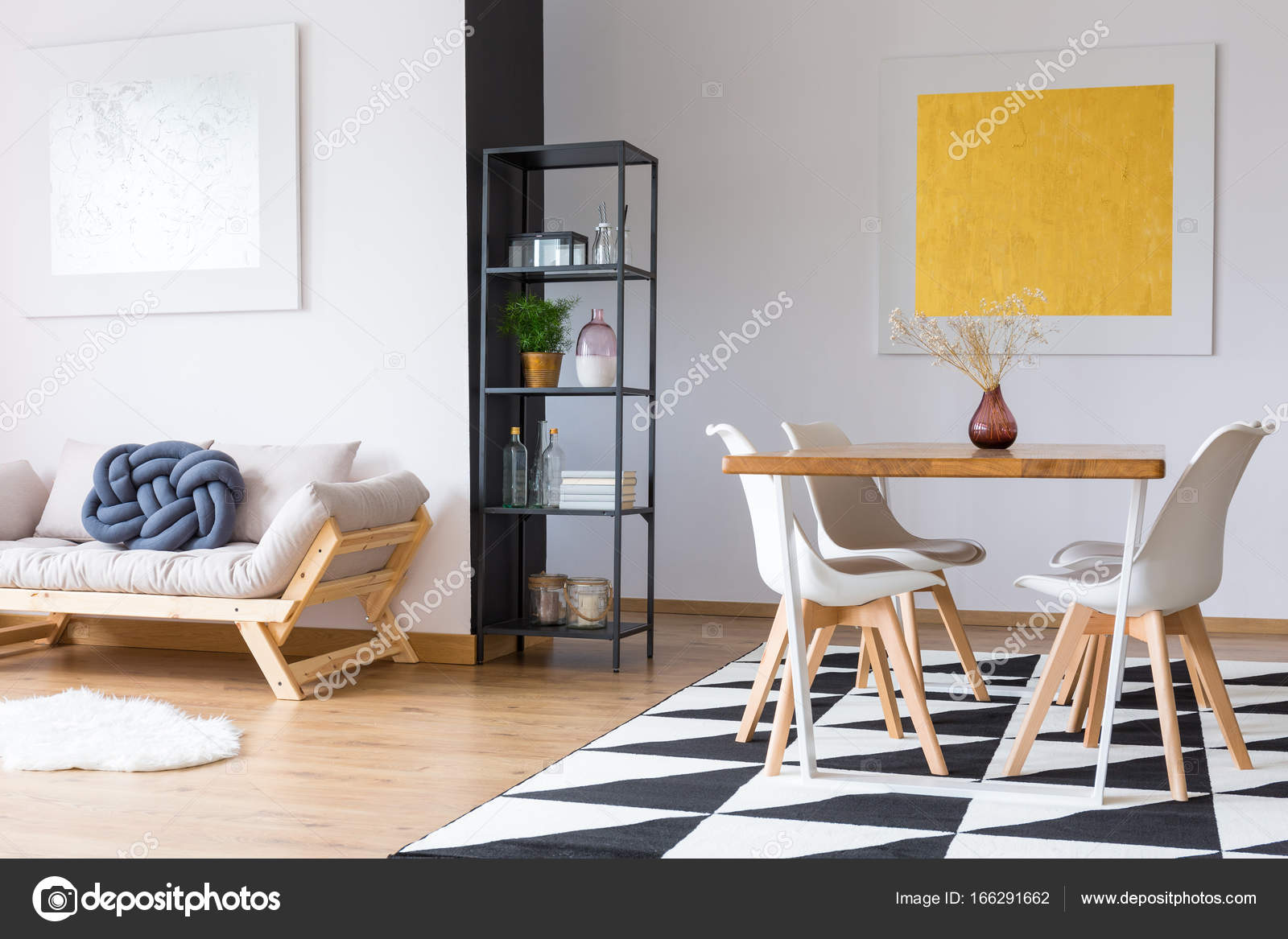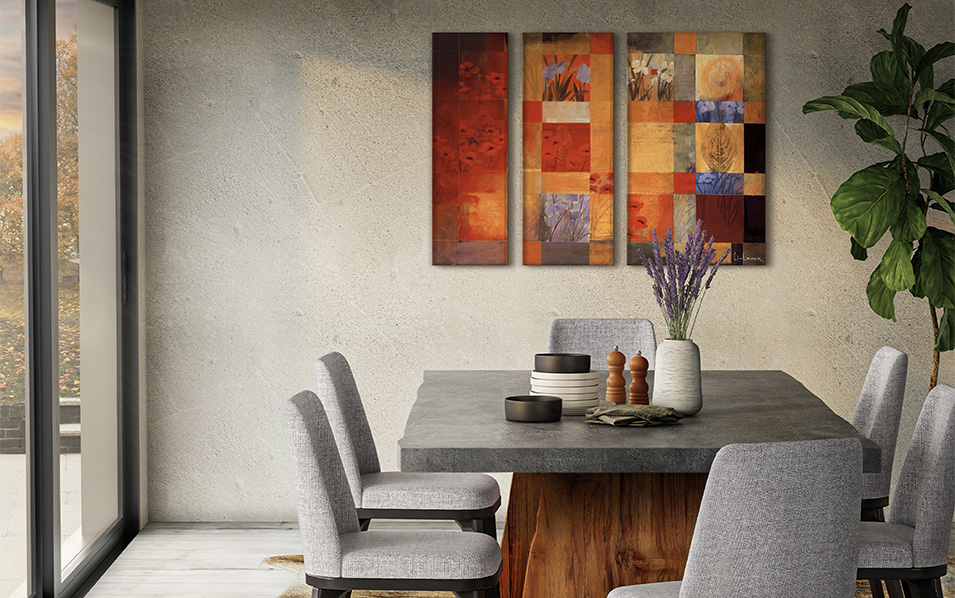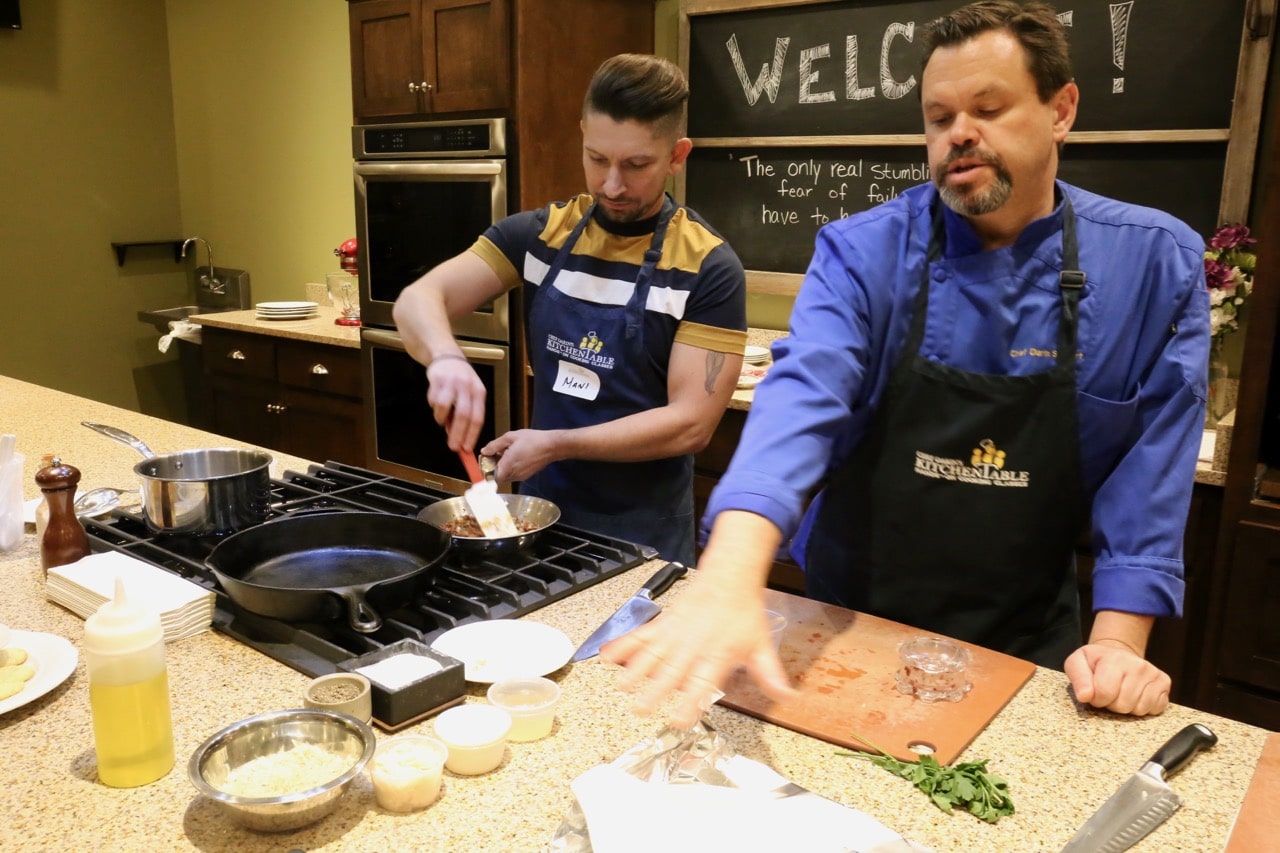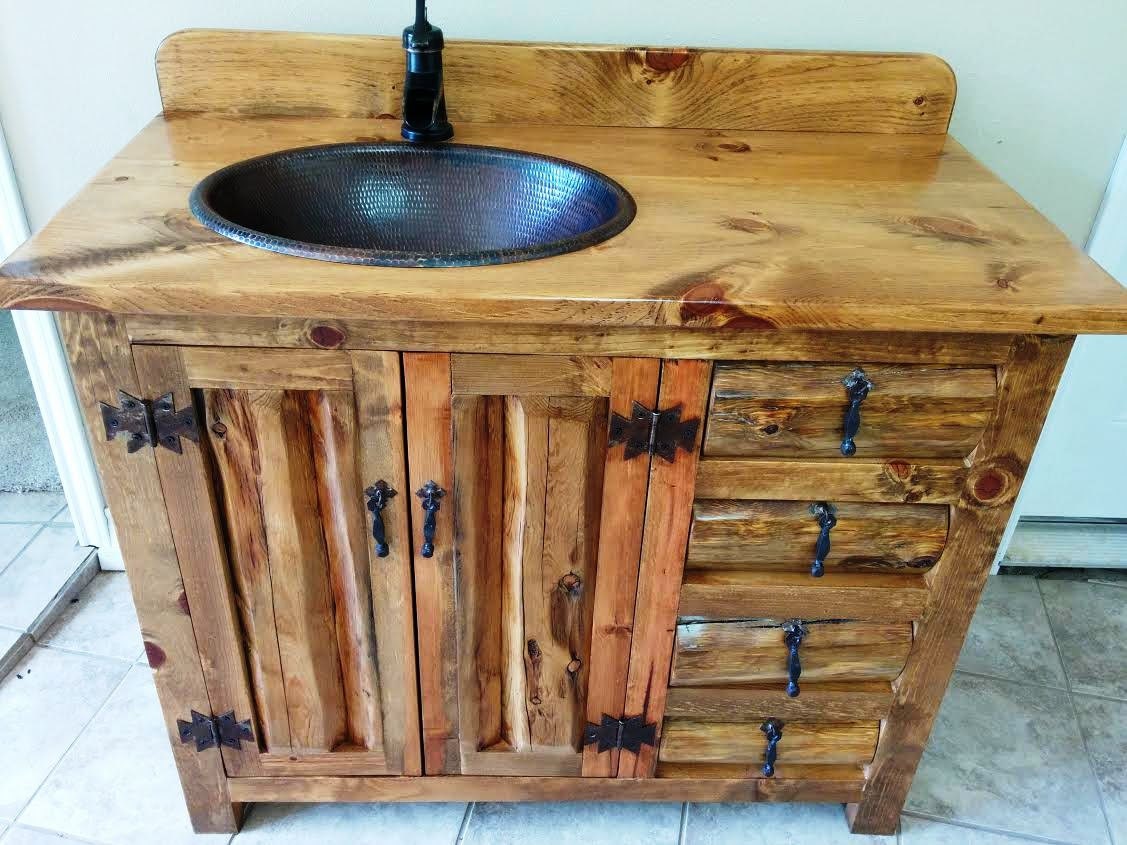Painting your dining room can be a daunting task, but with the right brush techniques, you can easily transform your space into a beautiful and inviting room. Whether you're a novice or an experienced painter, these tips and techniques will help you achieve a professional-looking finish for your dining room walls. Paintbrushes are essential tools for any painting project, and choosing the right brush can make a significant difference in the final result. For dining room walls, it's best to use a 2-inch angled brush for cutting in or painting edges and a roller for covering larger areas quickly. It's important to invest in high-quality brushes as they will give you better control and coverage.Brush Techniques for Dining Room Painting
Before starting your painting project, make sure to cover your furniture and floors with drop cloths or plastic sheets to avoid any accidental spills or drips. You should also clean your walls thoroughly to remove any dirt or dust that could affect the paint's adherence. Priming your walls is an essential step in the painting process, as it helps the paint adhere better and creates a smooth surface. Use a tinted primer to ensure better coverage and to avoid any potential color bleeding through the final coat of paint. When painting, it's essential to start from the top and work your way down to avoid drips and smudges. Use long, smooth strokes and avoid overloading your brush or roller with too much paint. It's better to have multiple thin coats rather than one thick one.How to Paint a Dining Room: Tips and Techniques
If you want to add some visual interest to your dining room walls, consider using textured paint or paint additives that can create different effects such as sand, stone, or even glitter. These can be applied with a roller or a brush, and you can play around with different techniques to achieve the desired texture.Creating Texture in Your Dining Room Painting
Faux finishes are a great way to add depth and character to your dining room walls. Some popular techniques include ragging, sponging, and color washing. These techniques involve using a variety of tools, such as rags, sponges, or brushes, to create different effects and mimic the look of natural surfaces like marble or wood.Faux Finishes for Dining Room Walls
Sponge painting is an easy and fun way to add texture and depth to your dining room walls. This technique involves dipping a natural sea sponge or a synthetic sponge into paint and then dabbing it onto the walls in a random pattern. You can use multiple colors for a more vibrant look or stick to one color for a more subtle effect.Sponge Painting Techniques for Dining Rooms
Color washing is a painting technique that involves applying a translucent glaze over a base coat of paint to create a soft, weathered look. This technique works best with earthy tones and can add warmth and dimension to your dining room walls. It's essential to work in small sections and blend the glaze with a brush or rag to achieve a seamless finish.Color Washing Techniques for Dining Room Walls
Stenciling is a great way to add a personal touch to your dining room walls. You can purchase stencils or create your own using cardboard or plastic sheets. Apply the stencil to the wall and use a stencil brush or a sponge to dab paint over it. You can also use multiple colors or layer different stencils for a more intricate design.Stenciling Ideas for Dining Room Paintings
Striping is a classic technique that can add elegance and sophistication to your dining room walls. You can use painter's tape to create clean and crisp stripes, or you can use a level and a pencil to mark out straight lines for a more precise look. Experiment with different widths and colors to create a unique and stylish striped pattern.Striping Techniques for Dining Room Walls
Metallic paint is a great way to add a touch of glamour to your dining room walls. You can use it to create an accent wall or add subtle details and highlights to your painted walls. Metallic paint can also be used with stencils or in combination with other painting techniques to achieve a unique and luxurious look.Using Metallic Paint in Dining Room Designs
After completing your dining room painting project, you'll want to ensure a smooth and flawless finish. To achieve this, lightly sand any imperfections or bumps on the walls, and then use a drywall compound to fill in any gaps or holes. Once dry, sand the compound and then apply a final coat of paint, using a roller for a smooth and even finish. With these top 10 dining room painting techniques, you can easily transform your dining room into a beautiful and welcoming space. Remember to choose high-quality materials, take your time, and have fun experimenting with different techniques to achieve the perfect look for your dining room. Happy painting!How to Achieve a Smooth Finish in Dining Room Paintings
Dining Room Painting Techniques: How to Elevate Your Dining Space

Creating a Cohesive Color Scheme
 When it comes to designing your dining room, choosing the right paint color is crucial. It sets the tone for the entire space and can greatly impact the overall ambiance. To ensure a cohesive and visually appealing dining room, it is important to select colors that complement each other and create a harmonious color scheme.
Featured keywords:
dining room, painting techniques, house design, cohesive color scheme, paint color, harmonious color scheme
Start by considering the existing elements in your dining room, such as furniture, curtains, and decor.
Main keywords:
existing elements, furniture, curtains, decor. These elements can serve as inspiration for your color choices and help guide you towards a cohesive color palette. For example, if you have a bold and colorful rug, you may want to choose a more neutral wall color to balance out the space.
Another helpful tip is to utilize the color wheel to create a harmonious color scheme.
Main keywords:
color wheel, harmonious color scheme. Colors that are opposite each other on the color wheel, known as complementary colors, create a striking contrast when used together. On the other hand, colors that are next to each other on the color wheel, known as analogous colors, create a more subtle and harmonious look. Consider these color relationships when selecting your paint colors for a cohesive and visually pleasing dining room.
When it comes to designing your dining room, choosing the right paint color is crucial. It sets the tone for the entire space and can greatly impact the overall ambiance. To ensure a cohesive and visually appealing dining room, it is important to select colors that complement each other and create a harmonious color scheme.
Featured keywords:
dining room, painting techniques, house design, cohesive color scheme, paint color, harmonious color scheme
Start by considering the existing elements in your dining room, such as furniture, curtains, and decor.
Main keywords:
existing elements, furniture, curtains, decor. These elements can serve as inspiration for your color choices and help guide you towards a cohesive color palette. For example, if you have a bold and colorful rug, you may want to choose a more neutral wall color to balance out the space.
Another helpful tip is to utilize the color wheel to create a harmonious color scheme.
Main keywords:
color wheel, harmonious color scheme. Colors that are opposite each other on the color wheel, known as complementary colors, create a striking contrast when used together. On the other hand, colors that are next to each other on the color wheel, known as analogous colors, create a more subtle and harmonious look. Consider these color relationships when selecting your paint colors for a cohesive and visually pleasing dining room.
Playing with Paint Finishes
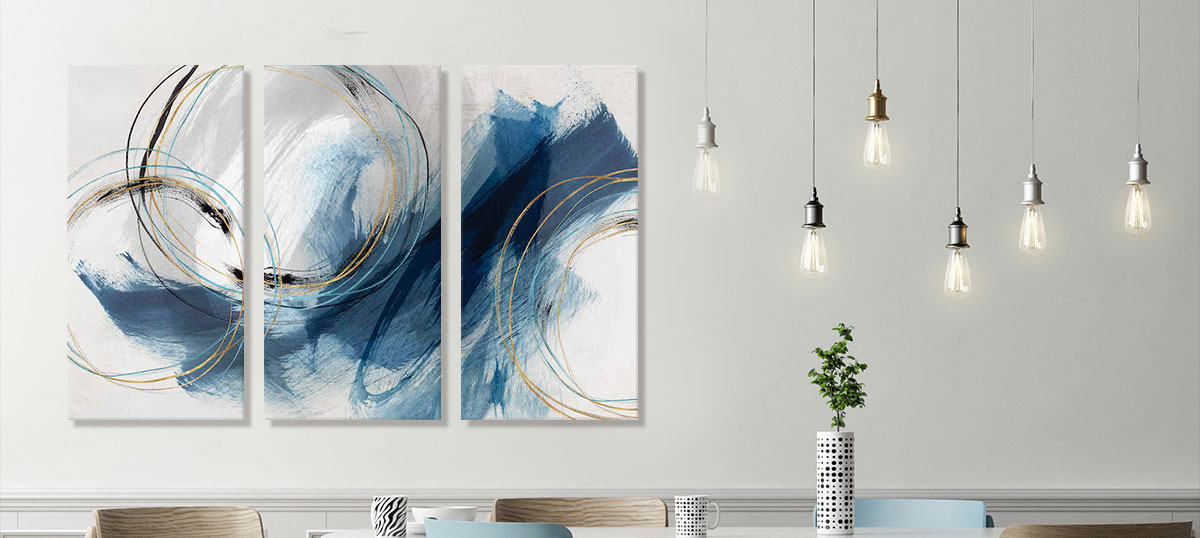 Main keywords:
paint finishes, dining room, elevate, space
In addition to choosing the right colors, experimenting with different paint finishes can also elevate your dining room space. Different finishes, such as matte, satin, and glossy, can create varying textures and add depth to your walls. For example, a matte finish can create a soft and muted look, while a glossy finish can make a bold statement. Consider using different finishes on different walls to add dimension to your dining room.
Additionally, don't be afraid to get creative with paint finishes. You can use techniques like color blocking or ombre to add interest and uniqueness to your dining room walls. These techniques not only add visual appeal but also allow you to incorporate multiple colors into your dining room design.
Main keywords:
paint finishes, dining room, elevate, space
In addition to choosing the right colors, experimenting with different paint finishes can also elevate your dining room space. Different finishes, such as matte, satin, and glossy, can create varying textures and add depth to your walls. For example, a matte finish can create a soft and muted look, while a glossy finish can make a bold statement. Consider using different finishes on different walls to add dimension to your dining room.
Additionally, don't be afraid to get creative with paint finishes. You can use techniques like color blocking or ombre to add interest and uniqueness to your dining room walls. These techniques not only add visual appeal but also allow you to incorporate multiple colors into your dining room design.
Utilizing Accent Walls
 Main keywords:
accent walls, dining room, elevate, space
An accent wall can be a powerful design element in your dining room. By using a different color, pattern, or texture on one wall, you can create a focal point and add visual interest to the space. When selecting a color for your accent wall, consider using a bold or dark color to make a statement, or a lighter color to create a subtle contrast. You can also use wallpaper or a textured paint finish to add dimension to your accent wall.
Incorporating these dining room painting techniques into your house design can elevate the look and feel of your dining space. Remember to focus on creating a cohesive color scheme, experimenting with paint finishes, and utilizing accent walls to add interest and dimension. With these tips, you can transform your dining room into a stunning and inviting space for all to enjoy.
Related main keywords:
transform, stunning, inviting space.
Main keywords:
accent walls, dining room, elevate, space
An accent wall can be a powerful design element in your dining room. By using a different color, pattern, or texture on one wall, you can create a focal point and add visual interest to the space. When selecting a color for your accent wall, consider using a bold or dark color to make a statement, or a lighter color to create a subtle contrast. You can also use wallpaper or a textured paint finish to add dimension to your accent wall.
Incorporating these dining room painting techniques into your house design can elevate the look and feel of your dining space. Remember to focus on creating a cohesive color scheme, experimenting with paint finishes, and utilizing accent walls to add interest and dimension. With these tips, you can transform your dining room into a stunning and inviting space for all to enjoy.
Related main keywords:
transform, stunning, inviting space.










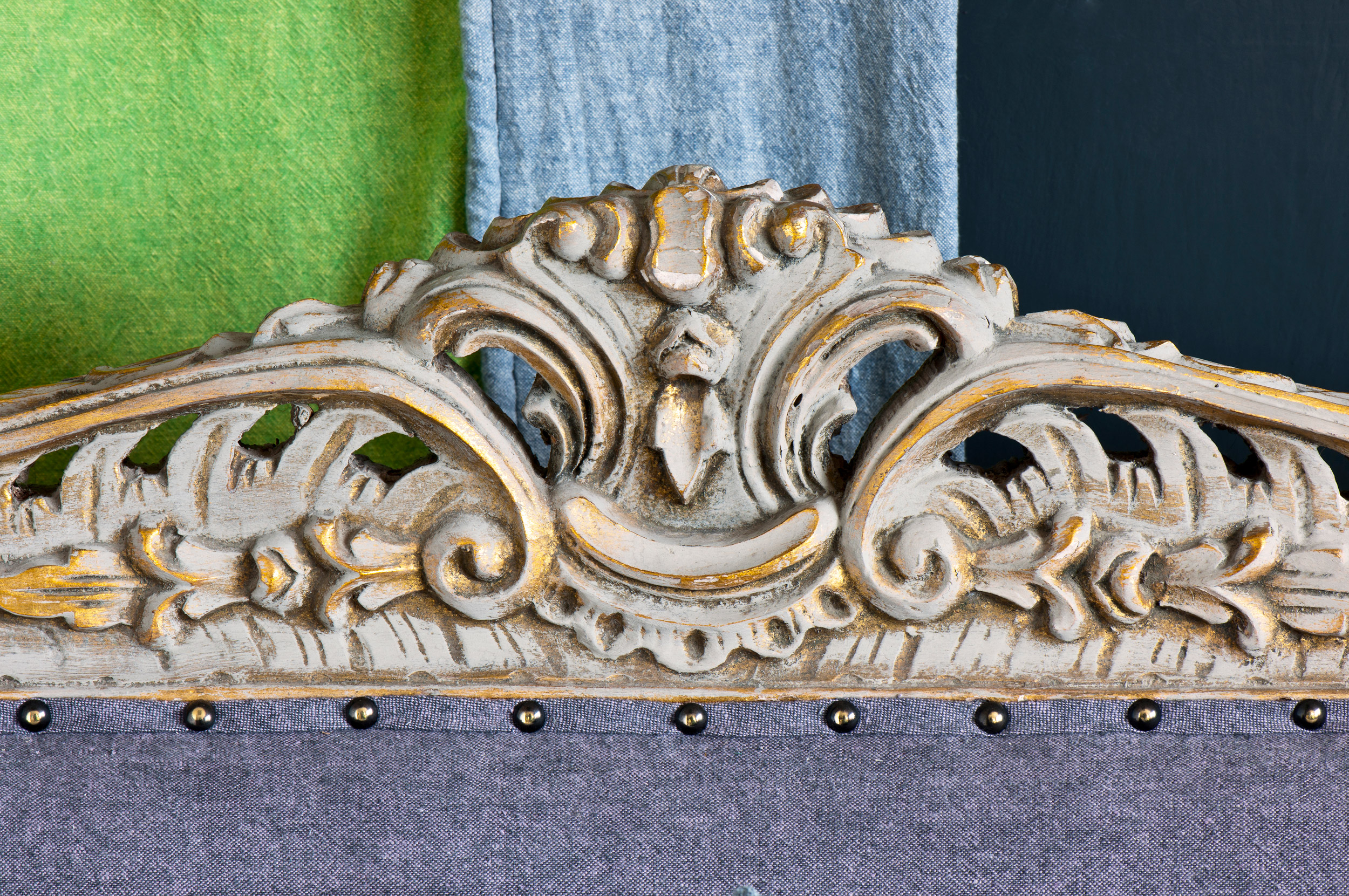
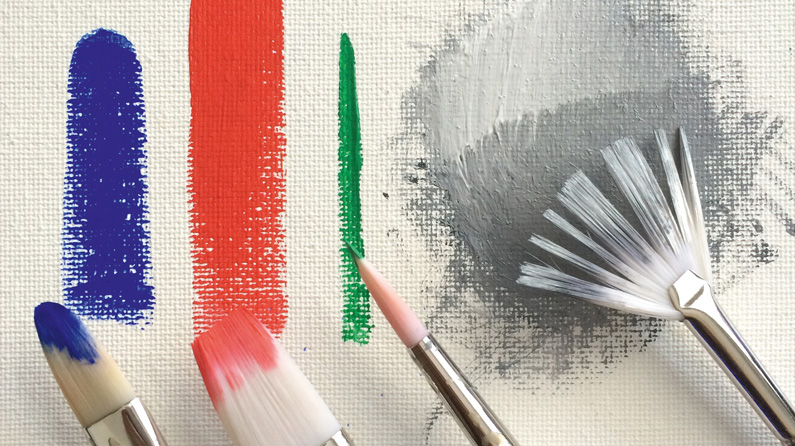



:max_bytes(150000):strip_icc()/DesignbyEmilyHendersonDesignPhotographerbyZekeRuelas_30-ad51133a857343228a2c56f76a22825f.jpg)

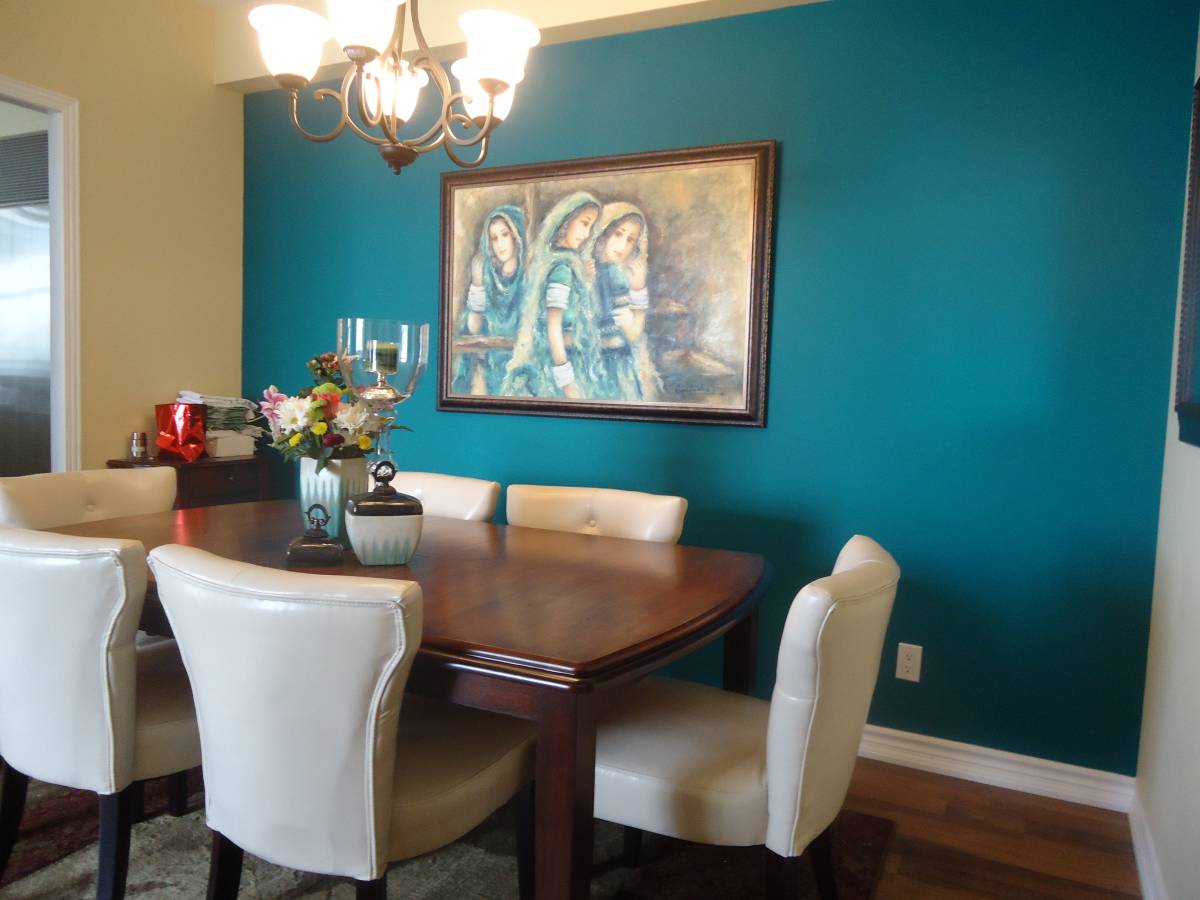



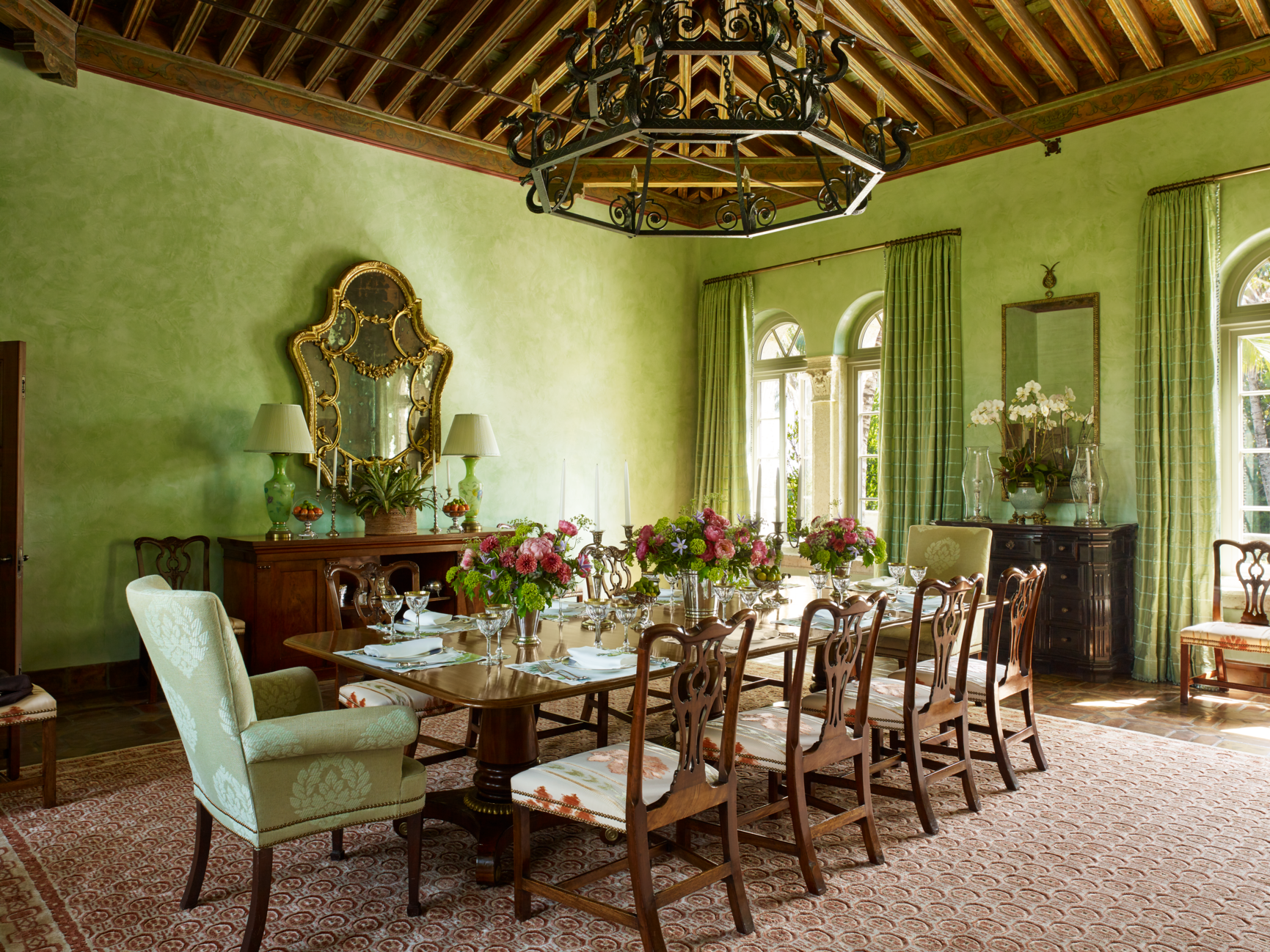
:max_bytes(150000):strip_icc()/cdn.cliqueinc.com__cache__posts__209952__if-you-do-this-one-thing-you-dont-need-to-redecorate-your-dining-room-1997706-1480544442.700x0c-7744b38e1e3c4806bd6da128e6d789b6.jpg)
